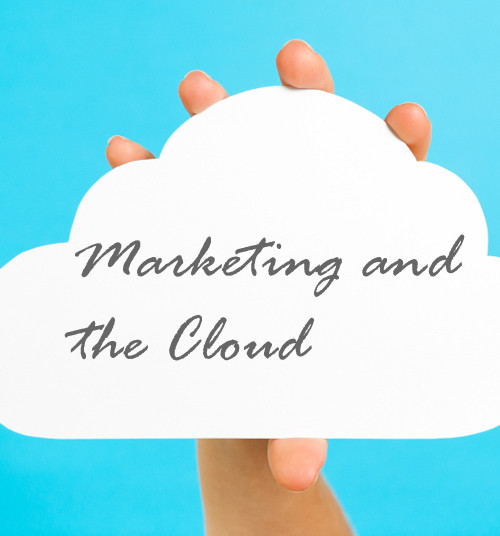Engaging with customers has always been difficult, but it’s never been this complicated. There are many potential interactions and channels to consider in the selling process now, and brands need to fully understand their customers and establish long-term relationships that incorporate their needs and expectations.
Technology has begun to help marketers manage these interactions, but it hasn’t always been easy. Software-as-a-service technologies (SaaS) have overcome a number of internal challenges and problems with everything from installation, maintenance and high costs of support.
As SaaS-based email management technologies won marketing departments over, marketers have slowly started to believe in the cloud and its value. They started to recognize how cost-effectively, efficiently and flexibly marketers could engage with customers. Before long, vendors were offering a growing variety of SaaS solutions across multiple areas within a marketer’s purview.
The cloud has enabled organizations to effectively operate the technologies that optimize multi-channel customer experiences from any device, to understand brand health and product perception in real time, and to nimbly adjust campaign strategies to increase marketing effectiveness and impact revenue. Today, some marketers are accepting cloud as their go-to, preferred delivery model for marketing solutions, including CXM.
Effective CXM requires a great deal of agility within the marketing department. Agility allows for companies to respond to customers in real-time and to analyze – and utilize – customer data to determine the best actions. It’s critical for brands to incorporate cloud-based technologies into their CXM strategies, if they haven’t already.
It’s a natural fit, as the purpose behind CXM is to understand customers better and engage with them more effectively. Organizations want to focus their time and resources on their primary goal. Adopting solutions that require IT departments to spend huge amounts of time and money implementing and maintaining the solutions would be counterproductive. By nature, cloud is “on demand,” meaning it is available as a utility, so companies pay only for what they use.
Also, aside from some limited customization, it is available almost from the time it is contracted and implementation costs are kept in check. The limited amount of time required for implementing and maintaining a cloud-based solution for CXM means less draw against the revenue benefits realized from CXM efforts and, therefore, greater ROI – a goal of every marketing department.
Secondly, it’s easy to distribute and fosters collaboration. Because the cloud is Internet-based, organizations are able to distribute applications hosted in the cloud very easily. Global organizations with employees spread out across various locations are able to get applications to their teams very easily and quickly.
For marketers, this ease of distribution provides them real-time access at any time, from any device, to the information they need to understand, create, manage and deliver contextually relevant customer experiences that drive better marketing decisions, e-commerce success and long-term customer engagement.
Beyond efficient distribution, cloud-based solutions are flexible and fit with a global marketer’s needs. For example, a significant number of Fortune 500 companies fail to provide support in more than one or two languages, despite the fact that many Internet users aren’t English-speaking. This is an obvious fail in the customer experience.
Cloud-based technology allows resources to be deployed immediately – marketers can scale campaigns from one language to 100. The cloud makes this level of variation possible.
Overall, the cloud has provided companies with a much more affordable, flexible and efficient way to handle the customer experience. CXM solutions and SaaS work wonderfully together, helping companies focus on customer data and language/culture sooner, improving the customer experience – and ROI. The cloud has come a long way, and it is certainly benefiting marketers today.






